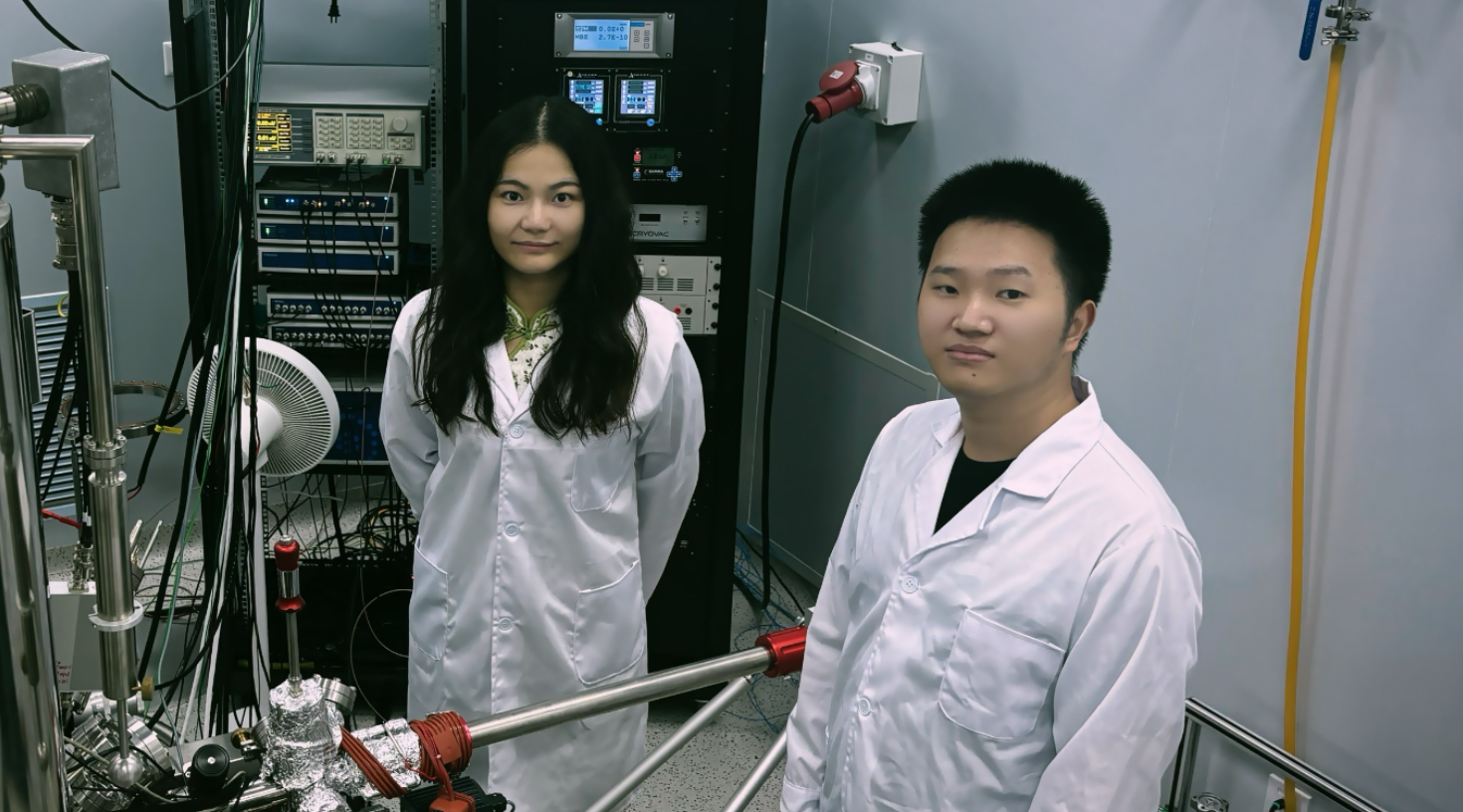"Informed AI News" is an publications aggregation platform, ensuring you only gain the most valuable information, to eliminate information asymmetry and break through the limits of information cocoons. Find out more >>
New Atomic-Level Insights into Ice Surfaces by Peking University Researchers
- summary
- score

For over 170 years, the structure of ice surfaces has puzzled scientists. A team from Peking University, led by Professors Jiang Ying and Wang Enge, has now unveiled these mysteries at the atomic level. Inspired by the frozen surface of Peking University's Weiming Lake, the team utilized advanced scanning probe techniques to visualize the atomic structure of hexagonal ice.
Key Discoveries:
- Ice Surface Complexity: Contrary to the long-held belief of a uniform structure, the ice surface is a mosaic of two stacking patterns, Ih and Ic, creating a "perfect imperfection."
- Premelting at Lower Temperatures: The team discovered that ice begins to pre-melt at 120K, significantly lower than the previously accepted 200K, indicating that natural ice surfaces are frequently in a disordered, near-liquid state.
- Technological Breakthroughs: The development of a new CO-tip technology and a domestically produced qPlus scanning microscope enabled unprecedented clarity in imaging insulating ice surfaces.
Impact: These findings revolutionize our understanding of ice behavior, influencing fields ranging from materials science to atmospheric chemistry. The ability to visualize and comprehend the atomic structure of ice surfaces opens new avenues for research into ice's role in planetary science and the origins of life.
Future Directions: The team intends to integrate advanced technologies such as femtosecond lasers and AI with scanning probe microscopy to explore the elusive dynamics of water molecules, pushing the frontiers of current scientific knowledge.
This research not only enhances our scientific toolkit but also highlights the power of interdisciplinary approaches in addressing complex scientific challenges.
| Scores | Value | Explanation |
|---|---|---|
| Objectivity | 6 | Content provides comprehensive reporting and in-depth analysis of scientific findings. |
| Social Impact | 4 | Content has sparked strong discussion in scientific communities, influencing research directions. |
| Credibility | 7 | Content is extraordinarily credible, verified through advanced scientific methods and peer-reviewed. |
| Potential | 5 | High potential to trigger significant advancements in materials science and atmospheric chemistry. |
| Practicality | 5 | Extremely practical, with direct applications in various scientific fields. |
| Entertainment Value | 2 | Content is slightly monotonous for general audiences but includes some scientific intrigue. |